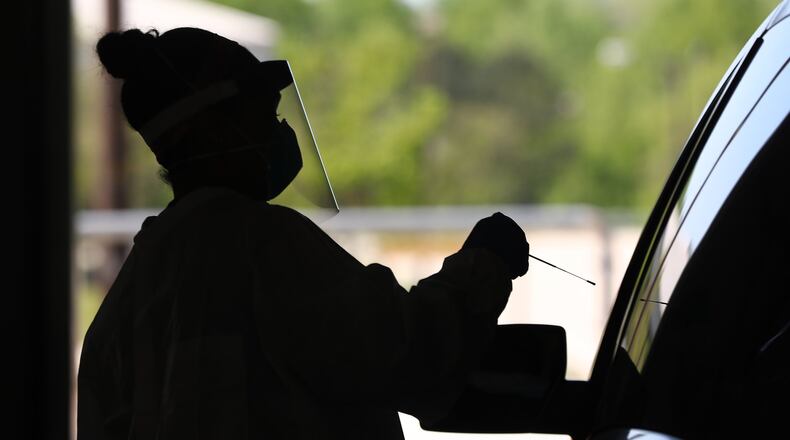Nine children in Georgia are now confirmed to have a mysterious new illness that’s likely linked to COVID-19, the state’s Department of Public Health said Thursday.
The DPH is continuing to review the cases of about half a dozen other children who might have MIS-C, or Multisystem Inflammatory Syndrome in Children, as it was recently named by the Centers for Disease Control and Prevention. State officials are still trying to eliminate other illnesses and to determine if the children, who range in age from toddlers to teenagers, have COVID-19 or the antibodies triggered by the virus. Some cases have been reported in children whose coronavirus exposure was well past.
All confirmed cases will be reported to the CDC.
» RELATED: CDC probing mysterious illness in 15 children
» MORE: Vast changes may be needed in schools, day cares to avoid the spread of COVID-19
Though considered rare, state officials expect more MIS-C diagnoses in the coming days as more medical professionals become aware of the syndrome and steps are being taken to better track the illness.
The symptoms include prolonged fever, lasting four or more days; very red eyes; a rash spread across the body; reddening or peeling on palms and soles of feet; abdominal pain; and vomiting or diarrhea.
While the exact cause of the condition — and any link to COVID-19 — is not yet clear, experts believe the coronavirus may trigger the immune system to overreact and cause widespread inflammation throughout the body.
In general, children have much milder COVID-19 infections than adults, with some not even showing symptoms.
» COMPLETE COVERAGE: Coronavirus in Georgia
» FROM APRIL: Time will tell the toll on Georgia schools closed for coronavirus
In many ways, MIS-C resembles another rare childhood illness called Kawasaki disease, which can lead to an enlargement of blood vessels that may cause heart damage in severe cases.
No MIS-C deaths have been reported in Georgia, though there have been three fatalities in New York. Cases also have been reported in several other states and in European countries.
About the Author
Keep Reading
The Latest
Featured



